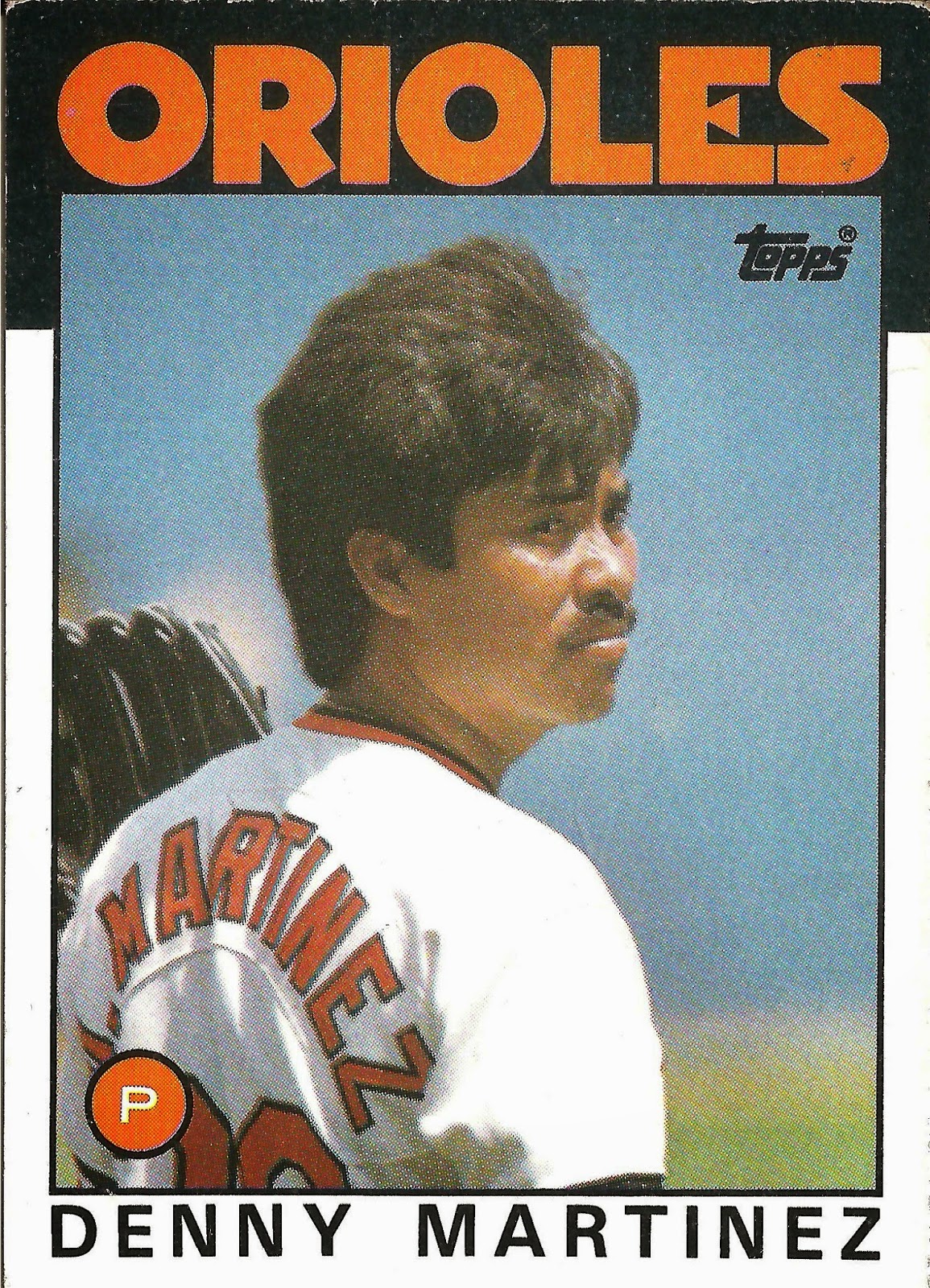Card
thoughts: Knicely looks pretty glum. He had just
been traded to the Phillies when this photo was taken, and it looks like he
knows this would be his last Topps card.
The
player: The classic 4A player, Knicely could
hit, and hit with power, all through the minors. But his lack of defensive
prowess at catcher meant he would never play much there in the majors. Luckily,
Knicely played in an era when carrying three catchers was commonplace, so it
ensured he did get some playing time up top.
Knicely didn’t really blossom until he was in this
third season at AA in the Astros system. Drafted as a pitcher, Knicely posted
average ERAs is his first three minor league seasons, while struggling to stay
healthy (he started in the field each of those years as well, mainly at first).
After beginning the 1977 season 1-5 with a 5.14 ERA, Knicely switched to the
outfield, and hit .264. The next year, along with teammate Danny Heep, he was
named the Southern League MVP after slugging .950 with 33 home runs. This was
also his first year as a full time catcher.
But Knicely’s catching, like his fielding at third
and in the outfield, left much to be desired. This not prevent him from
starting at that position for two straight AAA season, where he hit over .300,
and slugged over .500 each year.
Despite his destruction of minor league pitching,
Knicely was only granted a year long stay with the Astros in 1982. Backing up
superior defenders #331 Alan Ashby and Luis Pujols, he only caught 23 games
(2 passed balls, a league average caught stealing percentage), and spent most
of his time as a pinch hitter or in the outfielder. Unfortunately, the only
reason Knicely was in the majors was his powerful right handed bat, and he hit
just .188.
The Reds, with veteran Johnny Bench at the end of
his career, were panicking and stockpiling all the young catchers they could in
the hopes that one of them would be an adequate replacement. Knicely shared
about equal playing time with #253 Dann Bilardello and Alex Trevino, but none
of them could hit, although Alan raised his average above the Mendoza Line
(.224).
Back to the minors once again in 1984, Knicely
showed he had nothing to prove down there, as he obliterated AAA pitching while
starting at first base for Wichita. He
hit 33 home runs and drove in 126 for the team, while garnering 190 hits and 94
runs. For his efforts, he was named the American Association’s MVP.
This was enough to bring him back to the majors,
this time as a second string catchers. Although he finally hit decently in the
majors (.727 OPS, good for a catcher), the Reds ended up shipping him to the
Phillies near the end of the season for far superior catcher Bo Diaz. Topps
really got lucky to get a picture a Knicely in a Phillies uniform, as he only
had 7 hitless at bats for them.
Knicely was released after the season, picked up by
the Cardinals, and used as the starting first baseman after #350 Jack Clark went on
the DL in 1986. But it was the same old story: he hit just .195, and found
himself back in his true home, AAA. Perhaps discouraged that all that minor
league hitting wasn't working in the majors,
Knicely retired at age 32, after one last try in the Rangers
organization.
Rear guard: Knicely really didn't get much of a chance early in his career. But he did manage to get a hit in one of the 3 games he played in 1981.And it was in his first at bat of the year, pinch hitting for Terry Puhl.
Rear guard: Knicely really didn't get much of a chance early in his career. But he did manage to get a hit in one of the 3 games he played in 1981.And it was in his first at bat of the year, pinch hitting for Terry Puhl.











